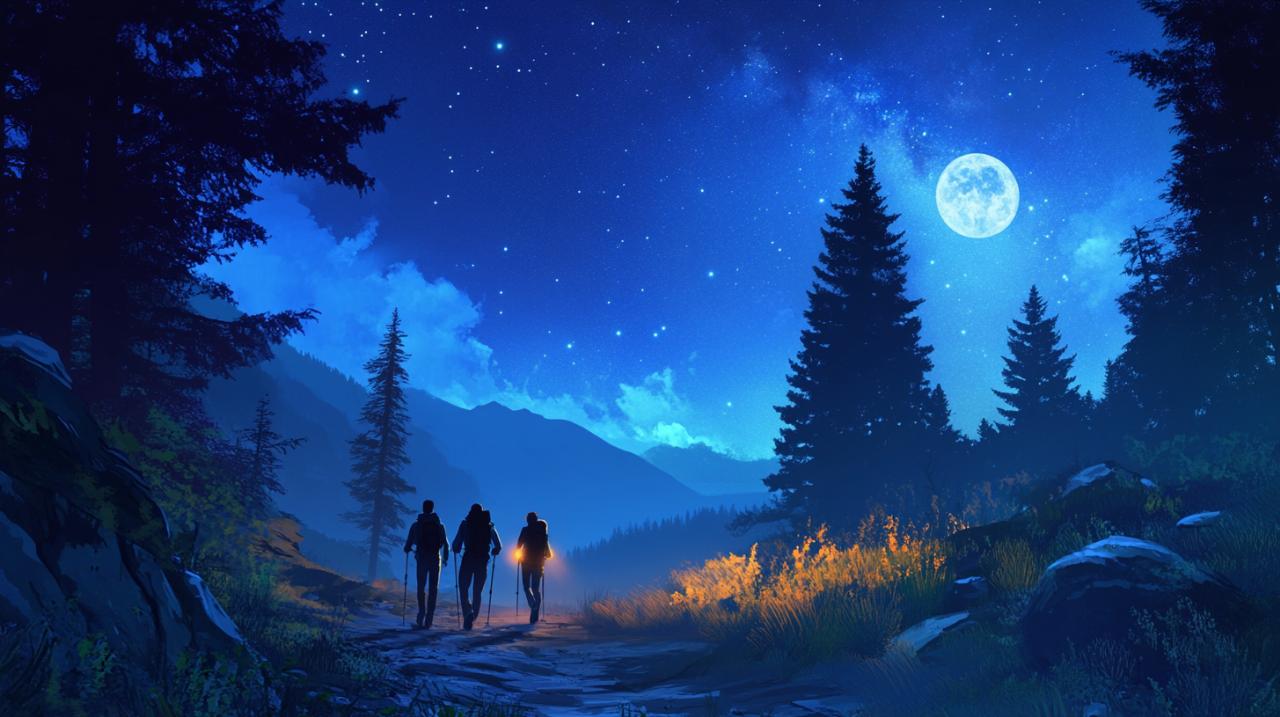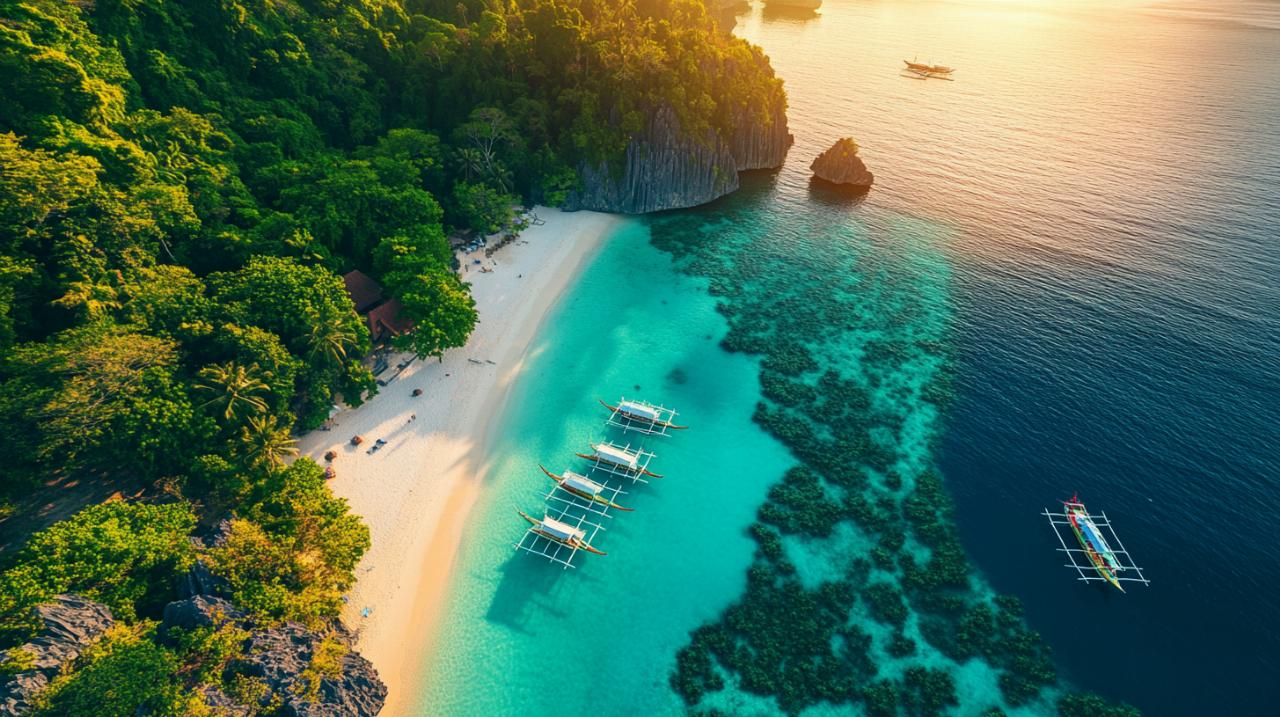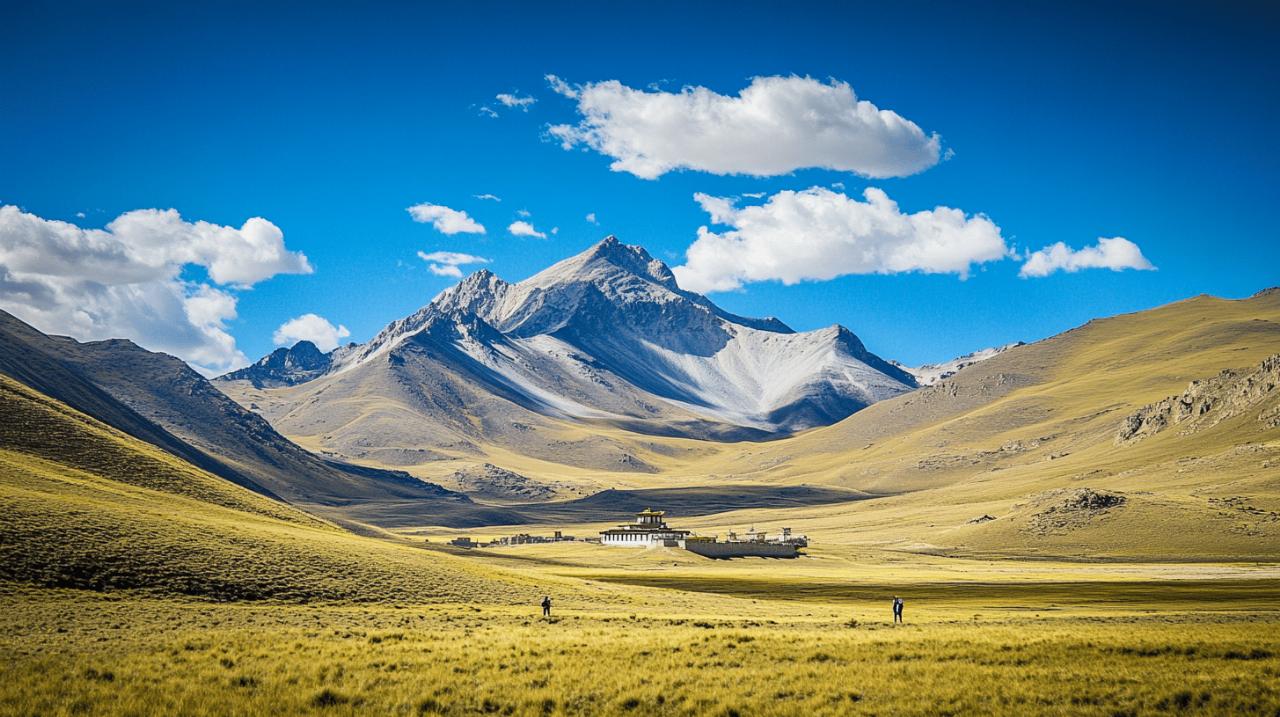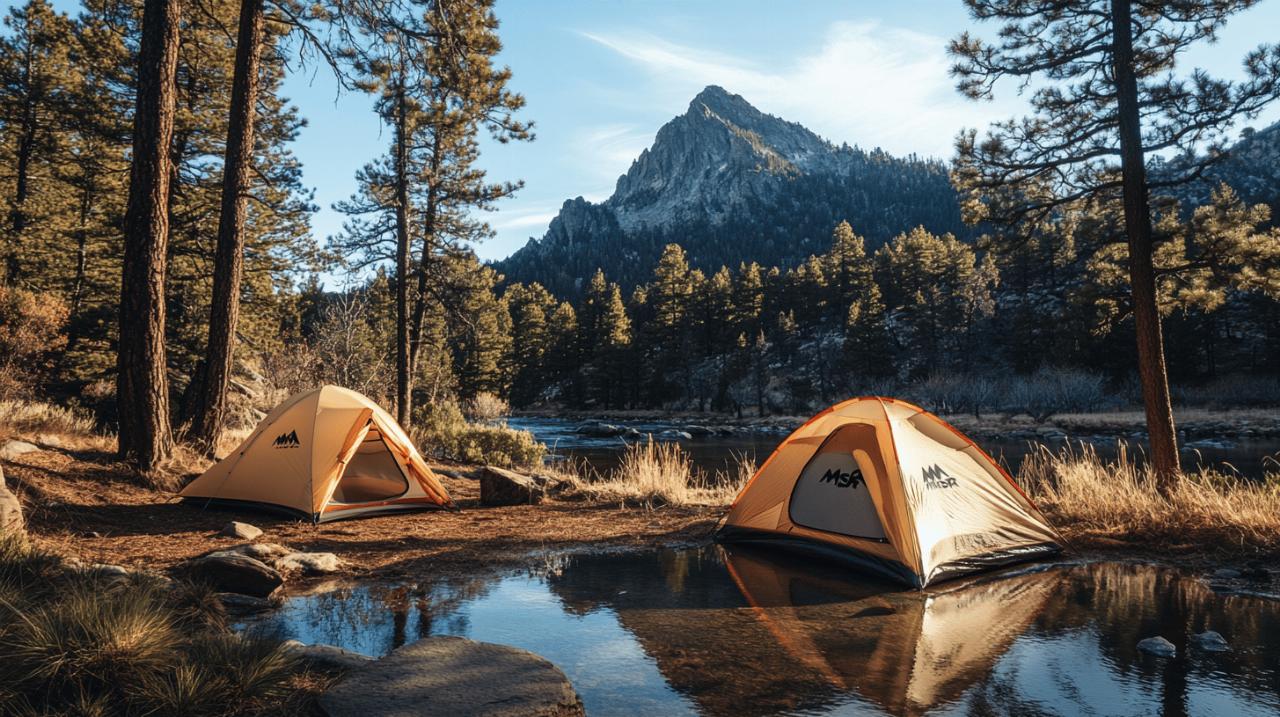As the sun sets and darkness envelops the landscape, a whole new world of hiking adventures emerges. Night hiking offers a fresh perspective on familiar trails, transforming ordinary landscapes into mysterious realms waiting to be explored. The quiet solitude, star-filled skies, and cooler temperatures make nocturnal trekking an unforgettable experience for those willing to venture beyond daylight hours. This comprehensive guide will equip you with the knowledge and skills needed to master night hiking while effectively managing your energy and staying properly hydrated during overnight expeditions.
Essential night hiking basics: planning your nocturnal adventure
Before lacing up your boots for a night-time expedition, proper planning is crucial. Night hiking presents unique challenges that even experienced day hikers might find surprising. The darkness transforms familiar landmarks and alters depth perception, making careful preparation essential for a safe and enjoyable experience. Start by researching trails specifically suitable for night hiking – ideally those you've already explored during daylight hours to gain familiarity with the terrain and potential hazards.
Understanding trail difficulty ratings and fitness requirements
Trail difficulty varies significantly, and what might be a moderate day hike can become substantially more challenging after sunset. Most trails are rated on a scale from easy to difficult, but these ratings are typically based on daytime conditions. For night hiking, consider downgrading your usual ability level – if you typically tackle difficult trails during the day, opt for moderate ones at night. Fitness requirements also increase for night expeditions, as navigating in darkness requires more concentration and often slower, more deliberate movements. Build your stamina through regular cardio exercises, focus on leg strength, and practice balance activities to prepare your body for the unique demands of nocturnal trekking in the Lake District or other national parks.
Route selection: elevation considerations for overnight treks
Elevation gain is a critical factor when selecting routes for overnight expeditions. Hiking uphill in darkness requires significantly more energy and concentration than daytime ascents. When planning your nocturnal adventure, look for trails with moderate elevation profiles – ideally under 500 meters for beginners – and consider tackling any significant climbs during the early portions of your hike when energy levels are highest. Trails around Buttermere Lake offer excellent night hiking opportunities with manageable 7 km loops and minimal elevation changes, making them perfect for those new to night hiking. For more experienced hikers seeking a challenge, Catbells stands at 451 meters and provides spectacular nighttime views across the Lake District, though it demands proper preparation and navigation skills.
Gear Essentials for Safe and Comfortable Night Hiking
Night hiking demands specialised equipment beyond standard day hiking gear. The right tools not only enhance comfort but are essential for safety during overnight expeditions. Your gear selection should prioritise visibility, warmth, and emergency preparedness while maintaining a manageable pack weight for long-distance treks. Quality gear doesn't necessarily mean the most expensive options – often, materials you already own can be repurposed for night hiking, though certain specialised items are worth the investment.
Lighting systems: beyond basic head torches
Lighting is the most critical gear component for night hiking. While a basic head torch might suffice for short evening walks, serious night expeditions require more sophisticated lighting systems. Invest in a high-quality head torch with at least 300 lumens and adjustable brightness settings to conserve battery life. Many experienced night hikers carry a primary headlamp plus a backup light source and extra batteries. Cold temperatures in environments like the mountains can significantly reduce battery performance, so store batteries close to your body and consider rechargeable options paired with a reliable power bank. Modern lighting systems offer red-light modes that preserve night vision and are less disruptive to wildlife. When hiking in groups, coordinate lighting to avoid blinding fellow trekkers and establish protocols for when to use full brightness versus dimmer settings to balance visibility with battery conservation.
Selecting the Perfect Rucksack and Footwear for Night Conditions
Your rucksack and footwear choices become even more critical during night expeditions. For overnight trips, a 30-50 litre backpack provides adequate capacity while allowing for comfortable movement. Look for packs with external attachment points for easy access to essentials like headlamps and water bottles, reflective elements for visibility, and padded hip belts to distribute weight evenly. For footwear, prioritise ankle support and aggressive tread patterns that provide secure footing on unpredictable terrain. Water resistance is crucial, as night dew can quickly saturate trails, and wet feet accelerate energy depletion. Avoid breaking in new boots on night hikes; instead, choose well-worn, trusted footwear that your feet already know. Consider gaiters as additional protection against moisture and debris, particularly when hiking through tall grass or overgrown areas where obstacles may be difficult to spot in the darkness.
Navigation and Safety Protocols for Darkness
 Navigation challenges intensify dramatically after sunset, making proper tools and techniques essential for safe passage through nocturnal landscapes. Even familiar trails transform in darkness, requiring heightened awareness and multiple navigation methods. Establish clear safety protocols before departure, including emergency procedures and communication plans, to ensure all members of your hiking party understand how to respond to potential challenges during overnight expeditions.
Navigation challenges intensify dramatically after sunset, making proper tools and techniques essential for safe passage through nocturnal landscapes. Even familiar trails transform in darkness, requiring heightened awareness and multiple navigation methods. Establish clear safety protocols before departure, including emergency procedures and communication plans, to ensure all members of your hiking party understand how to respond to potential challenges during overnight expeditions.
Digital navigation tools and gpx track management
Modern technology offers powerful solutions for night navigation challenges. Digital tools like GPS devices and smartphone applications provide real-time location data that can be lifesaving when landmarks disappear in darkness. Apps such as AllTrails, Gaia GPS, and Komoot allow downloading GPX tracks for offline use – an essential feature when hiking beyond mobile coverage. However, technology comes with limitations, particularly in cold weather when battery life diminishes rapidly. Implement battery conservation strategies such as keeping devices in internal pockets, using airplane mode, and carrying portable power banks. Despite these digital advantages, always carry traditional navigation tools as backup. Maps and compasses don't require batteries and provide broader contextual awareness that screen-based navigation sometimes lacks. The ideal approach combines both methods – using digital tools for precise positioning while maintaining situational awareness through traditional map reading skills.
First Aid Preparedness and Emergency Procedures for Overnight Expeditions
First aid preparedness takes on greater significance during night expeditions when access to emergency services may be limited. Beyond basic supplies like plasters and bandages, night hikers should carry hypothermia prevention materials, including emergency blankets and hand warmers. Familiarise yourself with signs of exposure and altitude sickness, which can develop unexpectedly during overnight treks in mountainous regions. Establish clear emergency protocols before departure, including designated meeting points if separated and check-in schedules with trusted contacts who remain off-trail. These contacts should understand exactly when to alert authorities if you fail to check in. In regions with wildlife concerns, such as the more remote areas of national parks, carry appropriate deterrents and know proper response techniques. The isolation of night hiking means self-sufficiency becomes paramount – developing skills to address minor injuries and navigate safely to assistance points could make the crucial difference during unexpected situations.
Bivouacking and camping practicalities
For extended night expeditions, mastering the art of bivouacking or camping becomes essential. Temporary shelters provide crucial rest periods and protection from elements during multi-day adventures. Selecting appropriate camping locations requires careful consideration of terrain, weather patterns, and local regulations, particularly in protected areas like UNESCO World Heritage sites. The ability to establish efficient, low-impact camps enhances both safety and enjoyment during overnight treks.
Setting up camp: stoves, gas management and shelter considerations
Efficient camp setup becomes particularly challenging in darkness, requiring practice and systematic approaches. When selecting camping stoves for night expeditions, prioritise models with stable bases and simple ignition systems that function reliably in low-light conditions. Gas management becomes critical on extended trips – calculate fuel needs based on meal plans and weather conditions, knowing that cold temperatures increase fuel consumption. For winter camping expeditions, liquid fuel stoves often outperform canister stoves at low temperatures, though they require more setup time. Shelter selection should balance weight considerations with protection levels appropriate for expected conditions. Practice setting up your tent or bivy in darkness before your trip, establishing a consistent sequence for unpacking and assembly that becomes second nature even when visibility is limited. Position your shelter with consideration for morning sun exposure, natural windbreaks, and drainage patterns to ensure comfort throughout your rest period.
Nutrition and Hydration Strategies for Multi-Day Night Hikes
Energy management through proper nutrition and hydration forms the foundation of successful night hiking expeditions. The physical and mental demands of nocturnal trekking require strategic fuelling approaches that differ from daytime hiking nutrition. During extended night hikes, aim to consume smaller, more frequent meals rather than three large ones, helping maintain consistent energy levels throughout your journey. Include a mix of quick-energy carbohydrates for immediate fuel and slower-burning proteins and fats for sustained energy. Hydration needs remain crucial despite cooler night temperatures – dehydration can accelerate fatigue and impair decision-making. Consider insulated water containers to prevent freezing in cold conditions, and use electrolyte supplements to replace minerals lost through exertion. For inspiration, examine the nutrition strategies of extreme adventurers like Gina Johansen during her South Pole expedition, where she consumed between 4500-6100 calories daily while burning 7000-10,000 calories. While most night hikes won't require this extreme intake, the principles of regular refuelling and balanced nutrition remain applicable for maintaining energy through challenging nocturnal treks in environments ranging from the Lake District's gentle hills to more demanding mountain expeditions.






